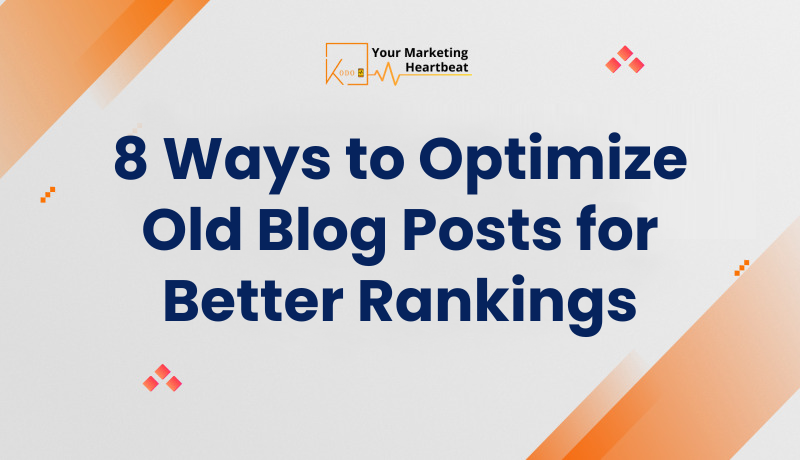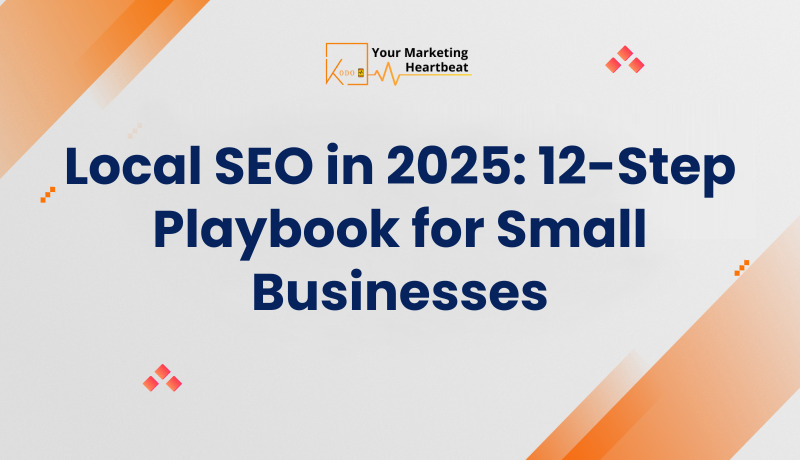
In the ever-evolving digital landscape, maintaining a competitive edge requires constant adaptation and refinement of your content strategy. One often overlooked goldmine is the treasure trove of existing blog posts languishing in your archives. By revisiting and optimizing these older pieces, you can breathe new life into your content, improve search engine rankings, and drive fresh traffic to your website. Let’s explore eight powerful ways to revitalize your old blog posts and boost their performance in search results.
In today’s fast-paced digital world, content creation is an ongoing process. However, it’s equally important to revisit and refresh your existing content to maintain its relevance and effectiveness. Optimizing old blog posts not only helps improve your search engine rankings but also provides value to your readers by offering up-to-date information. This strategy allows you to maximize the return on your initial content investment and keep your website competitive in the ever-changing online landscape.
As we delve into these optimization techniques, remember that the goal is to enhance the user experience while also improving your content’s visibility in search results. By implementing these strategies, you’ll be able to leverage your existing content to drive more traffic, engage your audience, and ultimately achieve better results from your content marketing efforts.
The first step in optimizing your old blog posts is to perform a thorough content audit. This process involves systematically reviewing all your existing content to identify which pieces are performing well and which ones need improvement. A content audit helps you prioritize your optimization efforts and ensures that you focus on the posts with the highest potential for improvement.
To conduct an effective content audit, start by creating a spreadsheet that lists all your blog posts, including their titles, URLs, publication dates, and current performance metrics. These metrics might include page views, time on page, bounce rate, and current search engine rankings. By analyzing this data, you can identify patterns and trends that will guide your optimization strategy.
During your audit, pay special attention to posts that:
By identifying these posts, you can prioritize your optimization efforts and focus on the content that will yield the best results. Remember, the goal is not just to improve individual posts, but to enhance the overall quality and performance of your blog.
Once you’ve identified the posts that need optimization, it’s time to roll up your sleeves and start updating the content. This process involves more than just fixing typos or updating a few statistics. To truly optimize your old blog posts, you need to expand and enhance the content to make it more comprehensive and valuable to your readers.
Start by reviewing the post for any outdated information or statistics. Replace these with current data to ensure your content remains accurate and relevant. Next, look for opportunities to add depth to the post by including new insights, examples, or case studies that have emerged since the original publication date.
Consider the following strategies to expand and improve your content:
Remember, the goal is not just to make the post longer, but to make it more valuable and comprehensive. By doing so, you’ll not only improve its chances of ranking higher in search results but also provide a better experience for your readers.
While updating the content itself is crucial, don’t forget to pay attention to the on-page SEO elements of your blog posts. These elements play a significant role in how search engines understand and rank your content. By optimizing these elements, you can improve your post’s visibility in search results and attract more organic traffic.
Here are some key on-page SEO elements to focus on:
By optimizing these on-page SEO elements, you can significantly improve your post’s chances of ranking higher in search results and attracting more organic traffic.
In today’s fast-paced digital world, readers often scan content rather than reading it word for word. To keep your audience engaged and improve your search engine rankings, it’s crucial to enhance the readability and overall user experience of your blog posts. Search engines like Google take user engagement metrics into account when ranking content, so making your posts more reader-friendly can have a positive impact on your SEO efforts.
Here are some strategies to improve the readability and user experience of your old blog posts:
By implementing these readability and user experience improvements, you can keep visitors on your page longer, reduce bounce rates, and ultimately improve your search engine rankings.
Internal linking is a powerful yet often underutilized SEO technique that can significantly boost the performance of your old blog posts. By strategically linking to other relevant content on your site, you can improve the user experience, increase page views, and help search engines better understand the structure and hierarchy of your website.
Here’s how to effectively leverage internal linking:
By implementing a robust internal linking strategy, you can improve the discoverability of your content, keep users engaged on your site for longer, and signal to search engines which pages are most important on your site.
Visual content plays a crucial role in engaging readers and improving the overall user experience of your blog posts. As you optimize your old content, take the time to refresh and update the media and visual elements within your posts. This not only makes your content more appealing to readers but can also contribute to better search engine rankings.
Consider the following strategies to enhance the visual aspects of your old blog posts:
By refreshing the media and visual elements in your old blog posts, you can breathe new life into your content, improve user engagement, and potentially boost your search engine rankings.
Once you’ve optimized your old blog posts, it’s crucial to let your audience know about the updated content. Simply refreshing a post and hoping search engines will notice isn’t enough. You need to actively promote your updated content to maximize its reach and impact.
Here are some effective strategies to promote your newly optimized blog posts:
Remember, promotion should be an ongoing process. Don’t just share your updated content once and forget about it. Regularly revisit and re-share your best-performing posts to keep them in front of your audience.
The final step in optimizing your old blog posts is to monitor and analyze their performance after implementation. This crucial step allows you to understand the impact of your optimization efforts and make data-driven decisions for future content strategies.
Here’s how to effectively monitor and analyze the performance of your optimized blog posts:
By consistently monitoring and analyzing the performance of your optimized blog posts, you can refine your approach, identify what works best for your audience, and continuously improve your content strategy.
Optimizing old blog posts is an ongoing process that requires dedication and attention to detail. By following these eight strategies, you can breathe new life into your existing content, improve your search engine rankings, and provide more value to your readers. Remember, the key to success is consistency and a willingness to adapt based on the data and feedback you receive. Keep refining your approach, and you’ll see the benefits of your optimization efforts in improved traffic, engagement, and ultimately, better business results.
Optimizing old blog posts is a smart and effective way to improve your SEO rankings, drive more organic traffic, and keep your content relevant for your audience. By updating outdated information, refining your keywords, improving internal linking, and enhancing your on-page SEO, you can give your old content a fresh boost in search engine results.
Remember, SEO is an ongoing process—continuously monitoring and updating your existing content ensures that it stays valuable and competitive. Implement these 8 optimization techniques, and you’ll see a significant improvement in your blog’s visibility, engagement, and overall performance.
Start optimizing today and watch your old blog posts gain new life in search rankings!



April 23, 2024